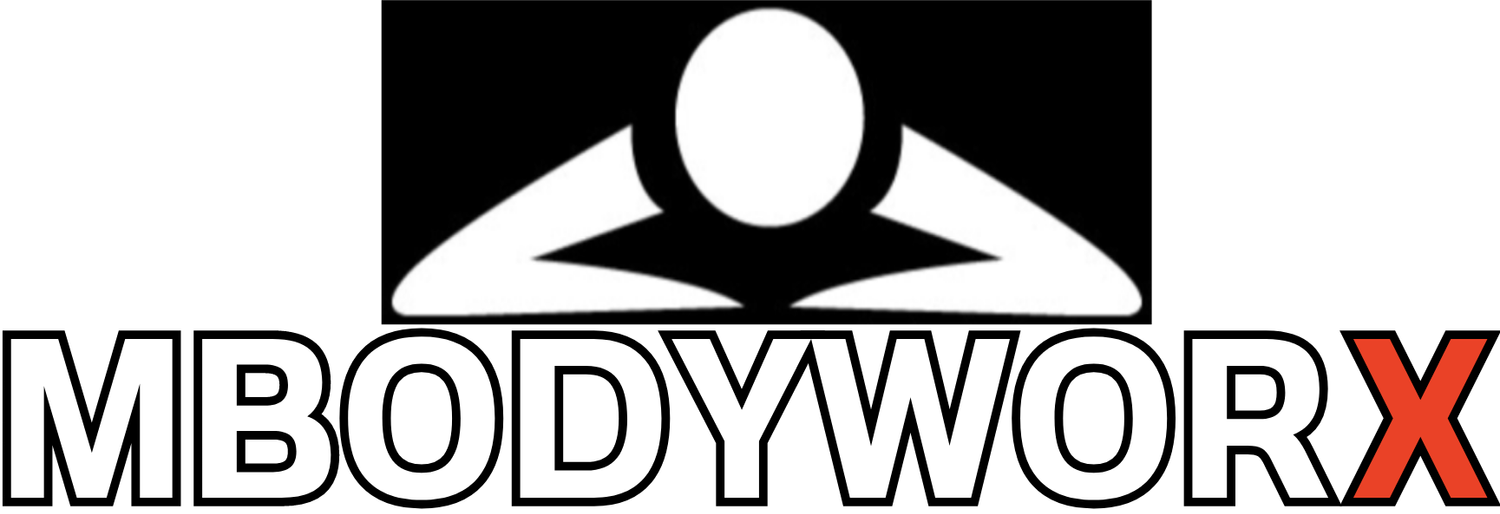Lesson Plan - Craniosacral Therapy
Working on a lesson plan, thought I’d share it:
Craniosacral therapy is a gentle form of bodywork that focuses on the craniosacral system, including the bones, membranes, and cerebrospinal fluid surrounding and protecting the brain and spinal cord. The technique involves the therapist using gentle touch and subtle movements to manipulate the craniosacral system, release restrictions and restore balance to the body.
One of the critical concepts in craniosacral therapy is the idea of cerebrospinal fluidic pressure, which refers to the pressure of the cerebrospinal fluid within the craniosacral system. This fluid is produced within the brain's ventricles and circulates through the system, providing nutrients and oxygen to the brain and spinal cord and removing waste products.
In craniosacral therapy, the therapist seeks to identify areas of restriction or dysfunction within the craniosacral system, which may be causing imbalances in the cerebrospinal fluidic pressure. By using gentle touch and subtle movements, the therapist aims to release these restrictions and restore the normal flow of cerebrospinal fluid, which can help to reduce pain, tension, and other symptoms.
Some techniques that may be used to manipulate the cerebrospinal fluidic pressure in craniosacral therapy include:
Listening: The therapist uses their hands to "listen" to the craniosacral rhythm, which is the subtle ebb and flow of the cerebrospinal fluid. The therapist can identify areas of restriction or imbalance by tuning in to this rhythm.
Gentle touch: The therapist uses gentle pressure to release restrictions and encourage the normal flow of cerebrospinal fluid. This may involve holding the head, spine, or other body parts in a specific position.
Stretching: The therapist may gently pull to release tension in the muscles and tissues surrounding the craniosacral system. This can help improve cerebrospinal fluid flow and restore balance to the body.
It's important to note that craniosacral therapy is a gentle and subtle modality that should only be performed by a licensed therapist with appropriate training and supervision. The therapist must thoroughly understand the anatomy and physiology of the craniosacral system and the precautions and contraindications associated with the technique.
I. Introduction to Craniosacral Therapy (30 minutes)
A. Definition and history of craniosacral therapy (10 minutes) Recommended source: "Craniosacral Therapy" by the Upledger Institute International
B. How craniosacral therapy works (10 minutes) Recommended source: "Understanding Craniosacral Therapy" by the Craniosacral Therapy Association
C. Benefits of craniosacral therapy (10 minutes) Recommended source: "What is Craniosacral Therapy and How Can It Benefit You?" by the National Wellness Institute
II. Anatomy and Physiology of the Craniosacral System (45 minutes)
A. Overview of the craniosacral system (15 minutes) Recommended source: "Craniosacral Therapy: An Overview" by the Upledger Institute International
B. Key structures involved in the craniosacral system (15 minutes) Recommended source: "Cranial Anatomy and Physiology" by the Craniosacral Therapy Association
C. Understanding of the cerebrospinal fluid flow and its role in craniosacral therapy (15 minutes) Recommended source: "Cerebrospinal Fluid Dynamics" by the Upledger Institute International
Supply needs: models or diagrams of the craniosacral system, handouts with visual aids
III. Best Practices and Protocols in Craniosacral Therapy (1 hour)
A. Importance of proper assessment and diagnosis (15 minutes) Recommended source: "Assessment and Treatment Planning" by the Upledger Institute International
B. Essential elements of a craniosacral therapy session (15 minutes) Recommended source: "Craniosacral Therapy Session" by the Craniosacral Therapy Association
C. Best practices for safe and effective treatment (15 minutes) Recommended source: "Ethics and Standards of Practice" by the Upledger Institute International
D. Precautions and contraindications to be aware of (15 minutes) Recommended source: "When to Use and When to Avoid Craniosacral Therapy" by the Craniosacral Therapy Association
Supply needs: handouts with crucial concepts and best practices, tables for assessment and diagnosis
IV. Hands-On Demonstration of Craniosacral Therapy Techniques (1 hour)
A. Gentle touch techniques to release restrictions in the craniosacral system (20 minutes) Recommended source: "Gentle Touch Techniques" by the Upledger Institute International
B. Gentle movements to improve the flow of cerebrospinal fluid (20 minutes) Recommended source: "Craniosacral Therapy Techniques" by the Craniosacral Therapy Association
C. Incorporation of breathing and visualization techniques to enhance treatment effectiveness (20 minutes) Recommended source: "Breath and Movement in Craniosacral Therapy" by the Upledger Institute International
Supply needs: massage tables, pillows, sheets, blankets, aromatherapy oils
V. Practice and Reflection (1 hour)
A. Participants practice craniosacral therapy techniques on each other (40 minutes). Recommended source: "Hands-On Practice for Craniosacral Therapy" by the Upledger Institute International
B. Participants reflect on the experience and discuss their observations and insights (20 minutes). Recommended source: "Reflection and Discussion for Craniosacral Therapy" by the Craniosacral Therapy Association
Supply needs: massage tables, pillows, sheets, blankets, aromatherapy oils
VI. Conclusion (15 minutes)
A. Summary of key takeaways from the lesson (5 minutes) Recommended source: "Craniosacral Therapy: What You Need to Know" by Health




